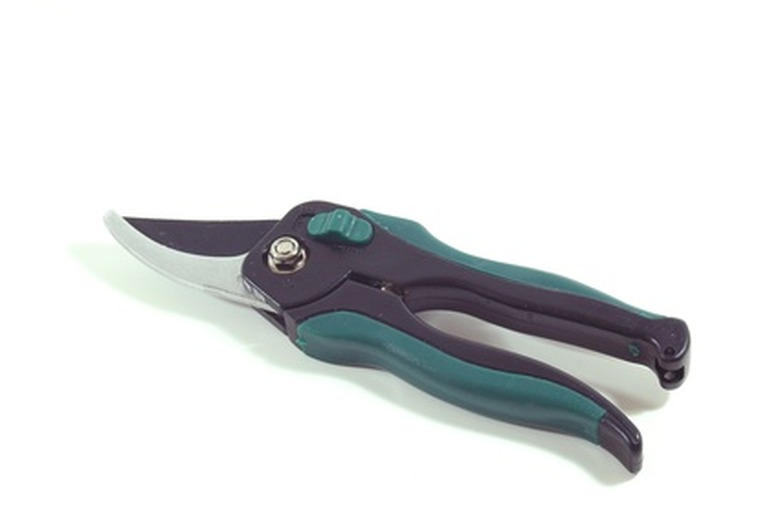How To Trim A Clethra Shrub
The clethra, an ornamental deciduous shrub, is also known as summersweet. Maybe it's because of its sweet white or pale pink flowers that bloom in late summer and last until early fall. Or because of its delicately sweet shape which is often flocked by bees, hummingbirds and butterflies, the symbols of spring. Clethra, like most shrubs, benefits from an annual trim but should be allowed to retain its shape. Trim clethra's old growth between mid-February and late April and it will bloom vigorously in summer.
Step 1
Carefully inspect your clethra shrub for damaged, diseased, broken or winter-killed branches. Prune these branches back to the main stem with one clean cut. Do not leave any stub or it will attract pests and disease.
- The clethra, an ornamental deciduous shrub, is also known as summersweet.
- Clethra, like most shrubs, benefits from an annual trim but should be allowed to retain its shape.
Step 2
Remove old wood. The oldest, lowest branches on a clethra shrub should be cut back to ground level. This will encourage clethra to produce new spring growth and more flowers in spring.
Step 3
Deadhead dead and fading clethra flowers. When spent flowers are left on the shrub, it will direct its energy to producing seed. If you deadhead or remove these flowers, that energy will be redirected to bloom production. To deadhead your clethra shrub's flowers, use your pruning shears to trim the stem back to 1/4 to 1/8 of an inch above the bud below the deadheaded bloom.
- The oldest, lowest branches on a clethra shrub should be cut back to ground level.
- To deadhead your clethra shrub's flowers, use your pruning shears to trim the stem back to 1/4 to 1/8 of an inch above the bud below the deadheaded bloom.
Grow Clethra
Purchase clethra in early spring from an online retailer or garden supply store. Roots growing out of the container are also a sign of a healthy clethra shrub. Clethra grows best in well-drained, acidic soil. If you plant more than one shrub, be sure to space each plant about 4 feet apart. Use a tiller to break up the soil up to 8 inches deep. Dig the hole twice as large as the root ball. Place the shrub in the hole. Add fertilizer according to the package directions around the base of the shrub. Water the plant and root ball well, but do not saturate it. Apply a layer of mulch over the soil to retain the moisture and deter weed growth.
- Purchase clethra in early spring from an online retailer or garden supply store.
- Apply a layer of mulch over the soil to retain the moisture and deter weed growth.
